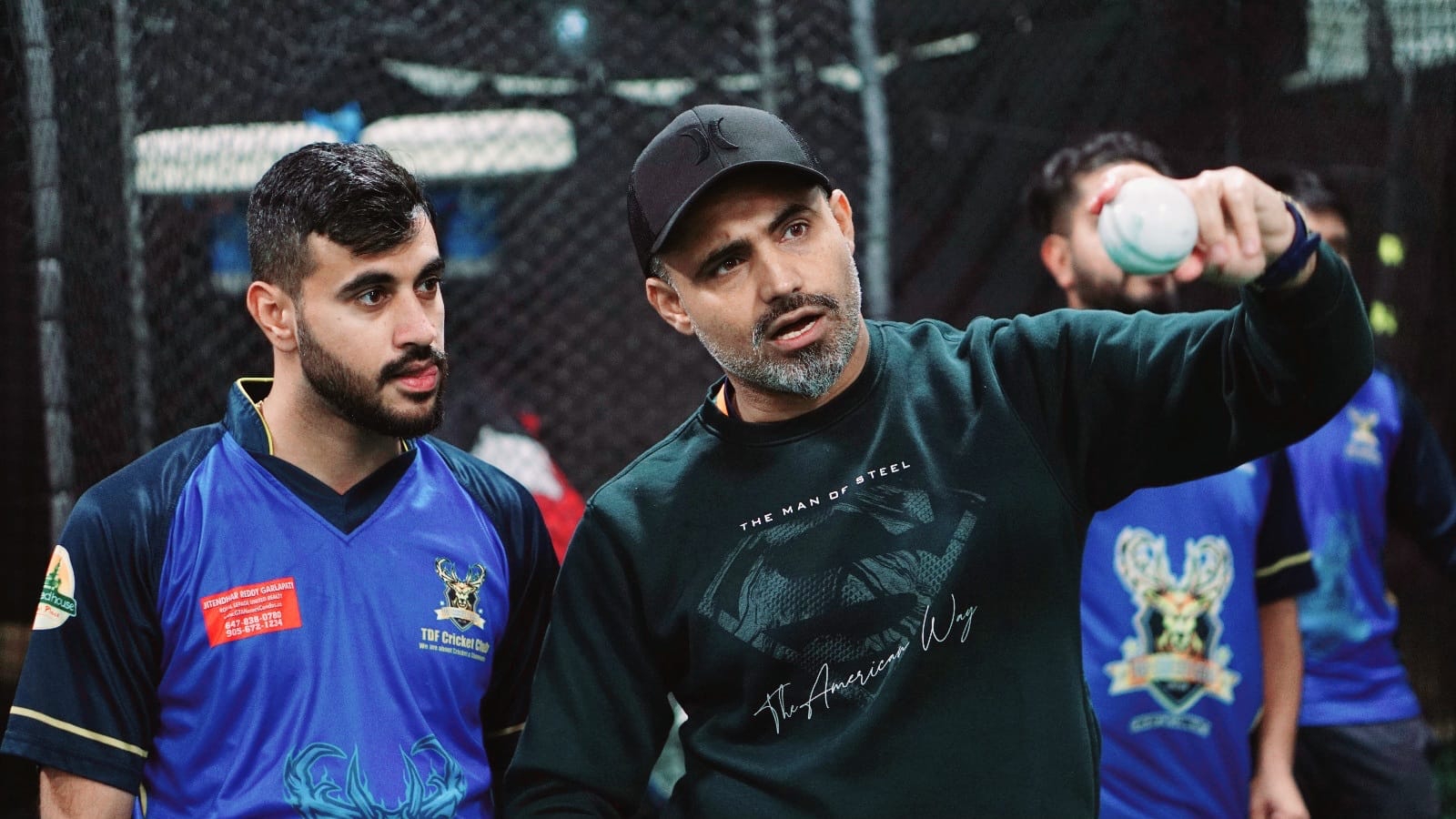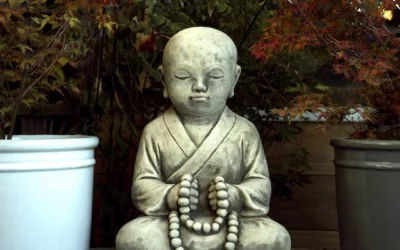What is game pressure?
Playing cricket in nets and games is different. It is like playing cricket with two different types of pressure. Pressure practices are the stage for polishing your skills. In actual matches, players display their game skills, fitness, mental strength, and appetite for success. There is no glow on the face of people who are consistently stressed. On the other hand, those who are fearless and perform always glow. There is a lot of pressure in every game. We all know cricket is a mental game more than a physical game. According to some experts, cricket is played closer to 80% – 90% in the mind.
To perform well in matches you must be organized, fearless, and mentally strong. In every game, players encounter various kinds of situations and different bowlers. Successful players know how to absorb and release the game pressure. Great players always hold their nerve in tough situations.
Reasons for failure of batsmen
Most of the time batsmen lose their wickets, not because the bowler has beaten them but by their fault. The primary cause of their dismissal is the fear of failure. Players need full freedom and a clear plan to perform better in the matches. Sometimes players start to play too many shots at the beginning of their innings as they feel they are not under any pressure. They must remember that fear of failure is good for their game but full awareness of every situation is too important. If the cricketer knows his strengths and weaknesses they can manage themselves quite easily.
Thinking too much about the game and personal performance can put players under pressure for no reason. Practice and implementation of the game plan help players to perform successfully in matches. Thinking too about your competitors, media, coaches, scoreboard, selection, and followers hinders the performance in the matches. Players should focus on the process rather than looking toward the outcome.
How to handle pressure in competitive sports?
Here are some suggestions for absorbing pressure in sorts:
- Players don’t need to think much about their performance. Play one ball at a time.
- Regular practice of exercises and meditation help to absorb game pressure.
- Good preparation in the net and self-belief help players to handle the pressure in sports.
- Listening to music helps you to release pressure.
- Never think about your competitors or other players. Play your own game.
- Try to watch and read positive things only.
- Share your doubts with your coach or mentor.
- Staying fit and healthy makes you confident & it absorbs the pressure in sports.
- Plan your innings. Set small targets, and never take scoreboard pressure.
- Don’t think much in advance about future games.
- Be happy and share the jokes with your friends.
- Talk to yourself and back yourself.
- Never leave your preparation to the final moment.
- Forget about the bad performances &don’t doubt your ability.
- Relive your best performances.
- Talk with your batting partner regularly- it helps to calm one’s nerves.
- The longer you stay on the pitch more pressure is built on the opposition, and they will offer you some loose deliveries.
- The frustration of not being successful can bring your or the opposition’s game down – let the opposition be in the frustration, and you can reap the rewards.
- Your teammates or partner in the middle are your best pals – support them, and you will get support from them.
Examples of game pressure in cricket:
For example, in a T20 match, if there are 5-overs left and you need 50 runs to win. There are two kinds of thinking. 1. Your team needs 10 runs per over, which puts a lot of pressure on the players. If you think according to this you will lose most of the games. 2. You need six boundaries out of 30 balls, which gives us half of the runs. The remaining runs can come by rotating the strike. You can easily hit six boundaries in the last two overs. In the end, I believe if you want to be a successful cricketer, you should be strong mentally & physically and good enough to hold your nerve.




